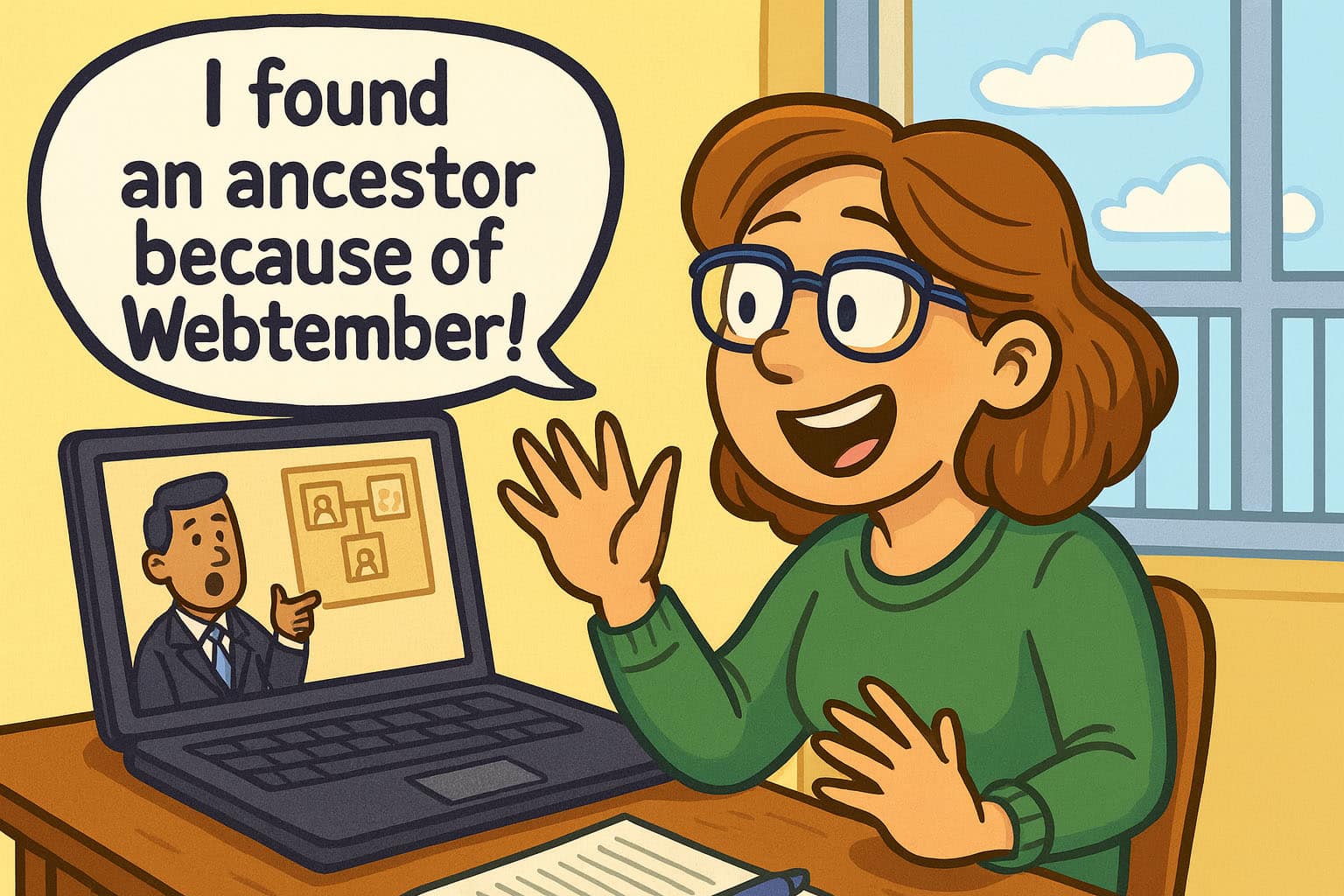Your cart is currently empty!
Legacy tip – using the Research Notes
Thanks to my use of Legacy Family Tree's Research Notes, today I had another Genealogy Happy Dance.
As you know, clicking on a person's Notes icon opens their Notes screen where three different tabs appear: General, Research, and Medical.
So what goes where and why? Many researchers use the General tab to record the biography of the ancestor. Others use it to build a person's timeline. Others just record random thoughts.
The Medical Notes is where the cause of death can be recorded, as well as any medical history for the individual.
The Research Notes, if used correctly, can be one of your greatest research tools. Let me explain.
I've researched Nathan R. Brown's family for a good number of years. But for some reason I've never been able to locate him in the 1870 U.S. census. Looking at Nathan's To Do List / Research Log, it looks like I first started searching for him in this census back in September 2000. I did locate a few Nathan Browns in Minnesota, where, according to his Chronology View, he should have been living. There was one particular entry of a Nathan Brown in Dakota County which looked promising, but ten years ago I did not have enough information to determine if this was the correct family.
So years went by, and every now and then I would perform new searches in the online indexes. This morning, as I searched for him again, I noticed that his Research Notes had a comment about a possible entry in the 1870 census. I must have written this comment almost ten years ago, but had not paid attention to it until today. Knowing what I know today about this family, the comment made a lot more sense. The entry in Dakota County sounded like it was the right family. However, searching the Ancestry.com's indexes provided no Nathan Brown entries in Dakota county. I switched over to the FamilySearch census records (no subscription required) and quickly found the family (another big thanks to the FamilySearch Indexing volunteers – the indexes always seem to be more accurate than others).
So…a seemingly random comment in his Research Notes helped me find the elusive record. Now on to more important uses of the Research Notes….
Have any of you ever been stuck on a research problem and asked someone else for help? What is the first thing your "consultant" asks of you? Usually they ask, "what records have you already looked at?" If you use the To Do List and the Research Notes, then it is easy for you to 1) provide a list of which records you have consulted (positive or negative findings), 2) explain what you learned from what you found and did not find, and 3) explain your conclusions. Your consultant then has a better idea of what to suggest. Maybe you overlooked a record, or made a wrong inference from a record. If you use the Research Notes to explain what you are researching, others are more well-equipped to assist your efforts.
Have you ever stepped away from your genealogy for more than a day? It's sad, but sometimes this happens to some of us. Sometimes we even neglect our research for months, even years. Or maybe you'll have so much fun on this year's Legacy Genealogy Cruise that when you return, you have no idea where you left off. If you use the Research Notes to explain what you are researching, then you, or anyone else can pick up where you left off.
In the example below, I typed what I wanted to learn in bold lettering. I wanted to know if Asa Brown had other siblings. Then, as I begin my research to answer the question, I explain what records I am looking at and what I learn from them. As other thoughts come to mind during the process, I write them down so I do not forget. In this case, I did prove that he had other siblings. If anyone questions my findings, I can quickly open his Research Notes for the explanation.
So…do not worry about not having used the Research Notes in the past. Start today. Pick an ancestor that you want to work on. At the top of their Research Notes, type your goal (Find John Smith's parents.) Then, record your progress. When you are stuck, copy/paste what you have into an email and send it to a friend to see if they have any ideas. When you find a person's parents, record here how you did it. Using a combination of the Research Notes, the To Do List, Legacy's Research Guidance, and especially Legacy's Chronology View will make you a better, more successful researcher.



Chronology View?
Ah ha! Only in the upmarket version of Legacy! Could have saved myself some time if I had known that.